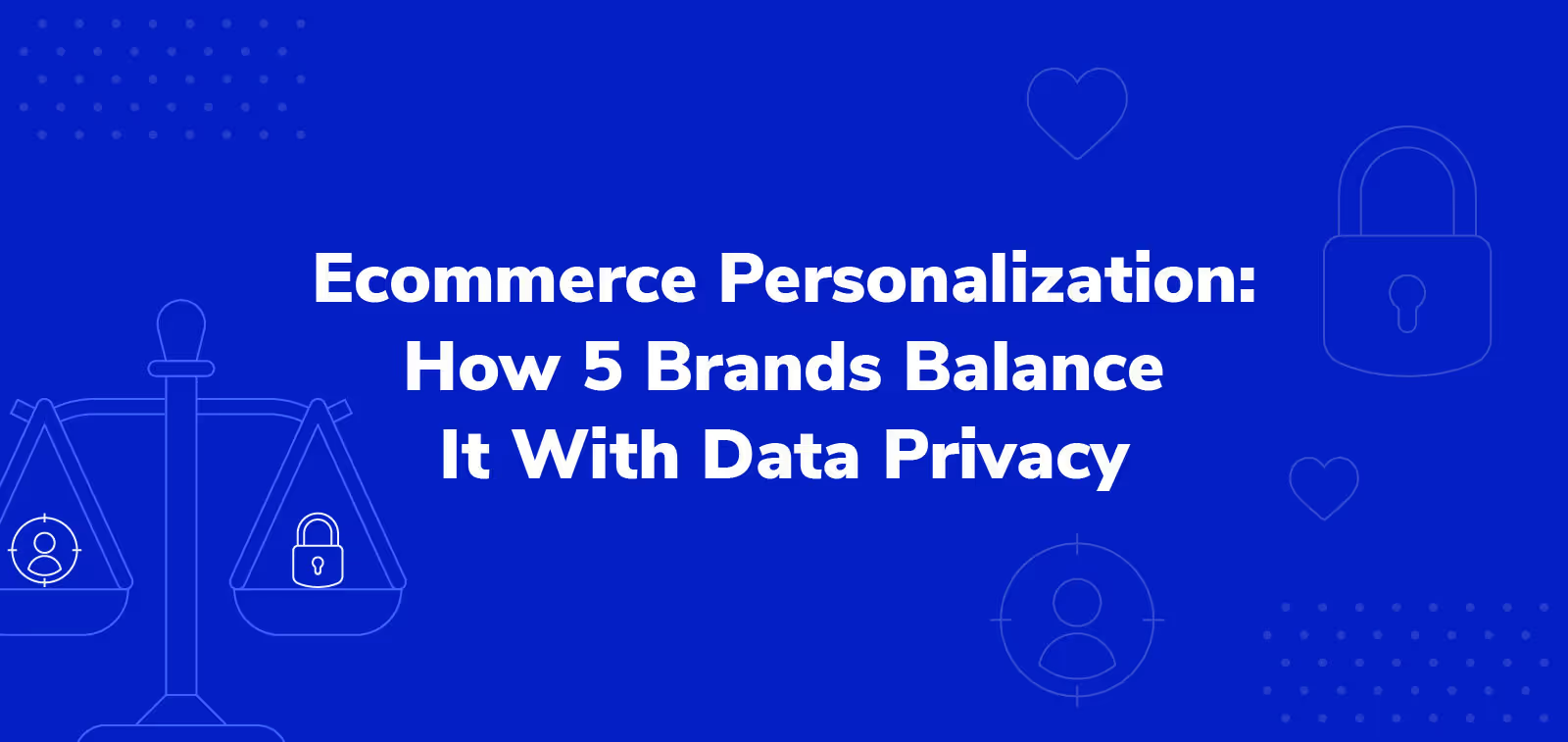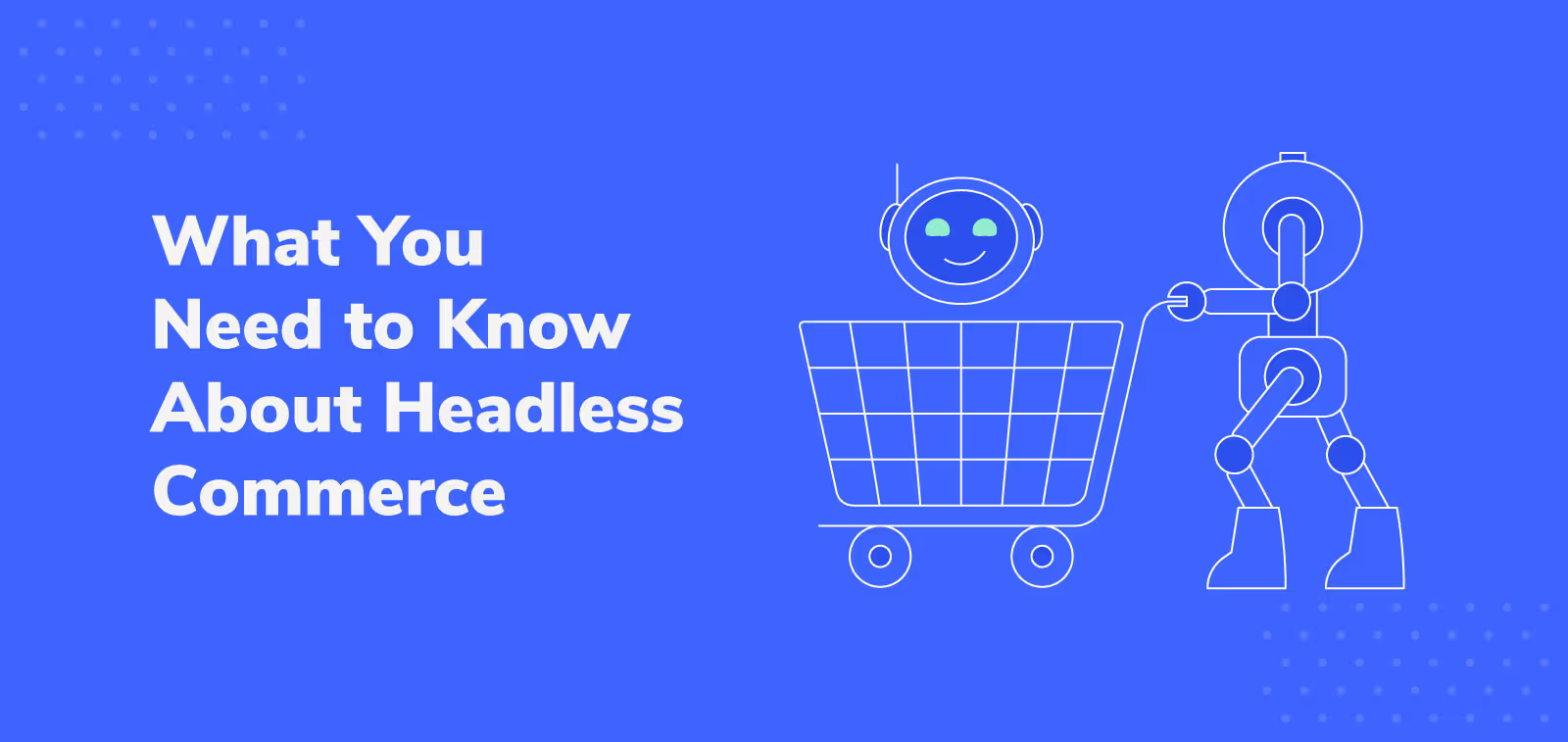Increase Ecommerce Sales This Holiday Season With 5 Innovative Tactics

Every holiday shopping season has its own set of challenges for ecommerce businesses. In 2024 the challenge isn’t a decrease in overall spending — PwC expects spending to increase 7% over holiday sales in 2023. The challenge is that a smaller slice of consumers will be responsible for that increase.
In the same PwC survey, 26% of respondents said they would spend more during the 2024 holiday season compared to the previous year. That’s down from 37% in 2023 and 35% in 2022.
To increase online sales this holiday season, you’ll need to incentivize higher spending from online shoppers who are looking to spend less. You’ll also need to attract and retain those looking to spend more.
By implementing these five best practices, you stand a better chance of reaching both customer groups, making your holiday season — and the year ahead — merry and bright.
#1: Offer free returns — with a twist
Free returns appeal to holiday shoppers, regardless of their budgets. That’s because consumers prioritize convenience when shopping online. In a 2024 survey, GoDaddy found that, “Nearly 1 in 3 (30%) consumers find paying for return shipping more annoying than jury duty and going to the DMV.”
Here’s the problem: Returns are expensive, thanks to the costs associated with return shipping and restocking. These costs soar during the holidays when the number of returns skyrockets. The National Retail Federation estimates customers returned $148 billion, or 15.4%, of the $966 billion in holiday merchandise sold in 2023.
It’s not uncommon for ecommerce business owners to charge return fees as a way of offsetting these costs. But doing so risks alienating the customers they’ve worked so hard to acquire.
By thinking more strategically about when to charge return fees, you can both keep more customers and protect your bottom line.
Reserve free returns for select customers
The Vitamin Shoppe, like many online stores, offers free shipping on purchases totaling a specific dollar amount: $35 or more. Why not apply this strategy to return fees?
Require shoppers to spend a certain amount upfront to qualify for free returns. You’ll both increase average order value (AOV) and defend your margins against return costs. You can apply this strategy in a few ways:
- Require a minimum spend for free returns during the holiday season only, when returns peak.
- Make free returns a benefit for loyalty program members who spend at a certain level. Given how much shoppers hate paying for return shipping, you might encourage many of them to join your loyalty program.
If customers resist spending more to get free returns, consider offering them a free return if they opt for a store credit instead. Fashion retailer Everlane has adopted this tactic.
Make returns as convenient as possible
Another way to offset customers’ dislike of return fees is to make returns as convenient as possible.
Brands like Sephora tackle this problem head-on with a clear link to its return policy in the footer and an intuitive interface for initiating a return.

But even with return policy transparency, customers still have the hassle of taking unwanted products to the post office or FedEx. Luckily, there are a few ways to minimize this friction.
Merchants who use FedEx can send customers return labels as QR codes, removing the need to print a physical label. Associates just need to scan the label at the drop-off location.
And thanks to a partnership with Happy Returns, some FedEx drop-off locations don’t even require the customer to package the items. Happy Returns will bulk-ship items headed back to a single merchant, saving you, the merchant, money on the returns themselves.
If you use Shopify, the ReturnX app can show customers items they might want in place of the unwanted one. That allows you to convert a refund into an exchange. If the customer still insists on a return, you can send a questionnaire to learn if it would be less costly to let them keep the unwanted item.
#2: Increase the value of loyalty points from Black Friday to Cyber Monday
You already have your Black Friday limited-time offers lined up — but so does your competition. Instead of competing on price alone, why not add customer value by making your loyalty points worth more during the holiday shopping season?
Many shoppers prefer brands and retailers with loyalty programs. In its 2024 holiday trends report, Salesforce revealed that, “46% of shoppers say earning and redeeming loyalty points is the second highest factor, behind price, influencing where they buy.”
Competing on price is a race to the bottom for online retailers. This tactic could end up proving more costly than increasing the value of loyalty points for a limited time. In addition, you’ll give loyalty members a sense of urgency about using their rewards and attract new members if you promote the temporary upgrade with a well-timed pop-up.
Apps like Yotpo seamlessly integrate a points-based loyalty program with your ecommerce site. Show customers how to earn and redeem points, and display a participant’s point totals at checkout to encourage redemption.

For example, from your Yotpo account dashboard, you can modify the value of points and how to earn them. During the all-important four shopping weeks leading up to Christmas, make a point worth $1.50 instead of $1. Also, consider making each dollar spent worth two points, not one. Alert your email lists before the promotion goes live.
#3: Launch a TikTok Video Shopping Ad
If Gen Z is your target audience, consider boosting sales with TikTok’s video shopping ads. Gen Z was using TikTok (44.7%) more than all other social media platforms except Snapchat at the end of 2023, according to a study from Insider Intelligence.
Even more important, consulting firm Simon-Kucher predicts Gen Z will increase their holiday spending by 21% in 2024.
Fashion brand American Eagle was one of the first merchants to boost customer engagement with TikTok video shopping ads. With the goal of promoting one of its summer collections and reaching prospective customers, the brand embedded ads in videos containing featured products. When clicked, the ads took shoppers to a landing page on American Eagle’s site where they could purchase the items at a limited-time discount.

The result? According to TikTok, “American Eagle saw 40% higher ROAS, and the test drove greater efficiencies for the brand with 32% more efficient CPA.”
To launch TikTok video shopping ads, Shopify and BigCommerce customers simply need to download those platforms’ TikTok apps and upload desired products for the campaign. The apps contain out-of-the-box metrics to gauge campaign success.
#4: Audit your self-service features
A surge in orders during the holidays often corresponds with a surge in customer support inquiries. And if you meet this surge with excellent customer service — especially self-service — you’ll woo both price-sensitive shoppers and those with an unlimited budget.
In a January 2024 survey, customer experience expert Shep Hyken learned, “51% (compared to 48% last year) [of respondents] felt customer service was more important than price.” So price-sensitive customers might spend more if they can find answers quickly. Usually this impulse means consulting your self-service resources.
A lack of self-service resources is a liability. Shep Hyken also discovered that, “26% of customers in 2024 have stopped doing business with a company or brand because self-service options were not provided.”
Self-service features take many forms: a knowledge base, community forums, FAQs, and the most powerful tool — chatbots. It’s now possible to train chatbots on your self-service resources so they can respond in seconds to basic customer inquiries. That allows your human agents to focus on more complicated issues.
Famed shaving brand Gillette trained its chatbot on product descriptions. Now shoppers can find what they need with a simple query:

And in the event that Gillette’s chatbot can’t resolve a request, it flips the conversation to live chat when human agents are available.
Even more important is making sure your self-service options deliver. Make sure you put a customer satisfaction survey at the end of every chat interaction or in your follow-up emails.
#5: Offer shipping and product protection
Shipping protection is a great way to safeguard important holiday gifts from damage or theft during shipping. Product protection covers select accidental damage related to mishaps at home and extends coverage after a manufacturer’s warranty expires. Add both to your ecommerce store to give shoppers peace of mind and encourage a higher conversion rate.
Yes, customers pay a modest fee to add shipping or product protection to their ecommerce orders. But between September 2023 and September 2024, 41% of customers had a package stolen at least once, up from 35% the previous year. Given that increase, the cost of shipping protection becomes a small price to pay.
Not to mention, customers want product protection. If they didn’t, Allied Market Research would not have projected the market for product protection to grow at a CAGR of 8.4% between 2023 and 2032.
Offering shipping and product protection can motivate potential customers to place an order, but how you handle claims can motivate repeat purchases. Extend makes filing shipping and product protection claims easy, with a simple online interface that adjudicates most claims in a matter of seconds.

Customers can add shipping and product protection from Extend with a single click during the checkout process. Protection plan options also integrate neatly with your product pages, so there's no friction.
Increase ecommerce sales this holiday season with Extend
Whatever your holiday marketing strategy, boost ecommerce sales with Extend Shipping and Product Protection.
Both types of protection come with peace of mind. Because they cover things like theft and accidental damage, they protect your customers' loved ones and make it more likely that they will enjoy their holiday gifts.
Extend also creates a good customer experience for those who need to file a claim. You’ve just delighted your customers not once but twice, making it more likely they’ll shop with you again.
This dual benefit means shipping and product protection pay off all year long. To learn more about how Extend can help you increase your holiday sales, click here to schedule a free demo.
Updated on November 20, 2024.
Aaron Sullivan is senior content marketing manager at Extend. He specializes in writing about e-commerce, finance, entertainment, and beer.
.svg)












































.avif)











